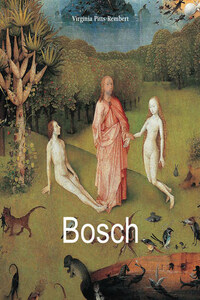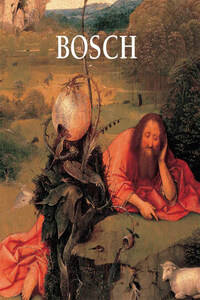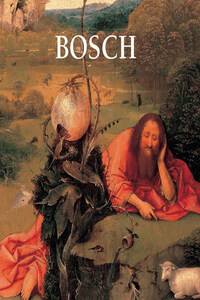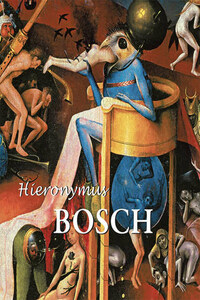1. Pieter Jansz Saenredam (1597–1665), The Choir of the Church of Saint John, Bois-le-Duc, drawing, British Museum, London
2. Pieter Jansz Saenredam (1597–1665), View of Bois-le-Duc with the Church of Saint John, 1632, Royal Museums of Fine Arts of Belgium, Brussels
History has been called a “seamless web,” although human beings insist on giving it arbitrary divisions. While segments of hours, months and years have little meaning, save for convenience, we assign great power to them, especially when they reach the dimensions of centuries and millennia. The French have a name “fin-de-siècle” for the malaise that seizes its citizens at the end of a century. A millennial change carries even more power, especially since Christ promised to return at the end of the first 1000 years after His death in order to pass judgment on the faithful and the faithless.
At the approach of the year 100 °CE, people believed that the Judgment predicted by Christ to occur at the Millennium was imminent. When it did not come in 1000, or near that time, the chronicler and Cluniac monk, Raul Glaber, wrote: “…there occurred, throughout the world, especially in Italy and Gaul, a rebuilding of church basilicas. Notwithstanding the greater number were already well established and not in the least in need, nevertheless each Christian people strove against the others to erect nobler ones. It was as if the whole earth, having cast off the old by shaking itself, were clothing itself everywhere in the white robe of the church”. (Holt, 48)
On April 6, 1997, according to the New York Times of a day earlier, the countdown to the third millennium began in the United States of America.
3. The Cathedral of Saint John, ‘s-Hertogenbosch
The fanfare that accompanied the announcement anticipated the celebration in New York City and around the world when the 1000-day countdown would be complete, on January 1, 2000. Restaurants were already accepting reservations for the celebrations of that evening. On every hand there were fortuitous as well as dire predictions for the end of one century and the beginning of the next.
President Bill Clinton, who ran on the Democratic Platform in 1996 as a “bridge to the 21st century,” was still making predictions for the great social and economic future of America and the world for which he would help prepare the way. Even so, troublesome glitches marred the utopian view. Computers were expected not to recognize 00 as 2000 but as 1900, resulting in shutdowns that could affect government functions from the payment of Medicare claims to control of the nation’s air traffic system. In fact, failure to address the problem universally was predicted by some to lead to catastrophic global consequences.
Religious and prophetic cults had already appeared with more regularity than in the usual “fin-de-siècle” periods. As early as 1980 saw the beginning of the many “survivalist” cults to come in the next two decades when an Arkansan, named Kurt Saxon, warned the audience of the National Broadcast Company’s “Tomorrow” show, that everyone should be prepared to live off the land and keep an arsenal for self-protection against the marauding bands that would follow the coming nuclear holocaust (Arkansas Gazette, 7/29/80). The solemn projections of the end of the world reached their most modernized climax in 1997, when 39 members of a computer-related cult followed their leader, Marshall Herff Applewhite, in a suicide contract to beam themselves up to a spaceship presumably trailing in the wake of the Hale-Bopp Comet that was plunging through the Heavens that year.
4. Sculpture at the Cathedral of Saint John, ‘s-Hertogenbosch
5. Anonymous, Portrait of Hieronymus Bosch, c.1550, red and black chalk drawing in the Arras Codex, 41 × 28 cm, Municipal Library, Arras
An essayist in The New Yorker commented on their fantastically flawed mission: “Though science is stronger today than when Galileo knelt before the Inquisition, it remains a minority habit of mind, and its future is very much in doubt. Blind belief rules the millennial universe, dark and rangy as space itself (4/14/97, 32).












